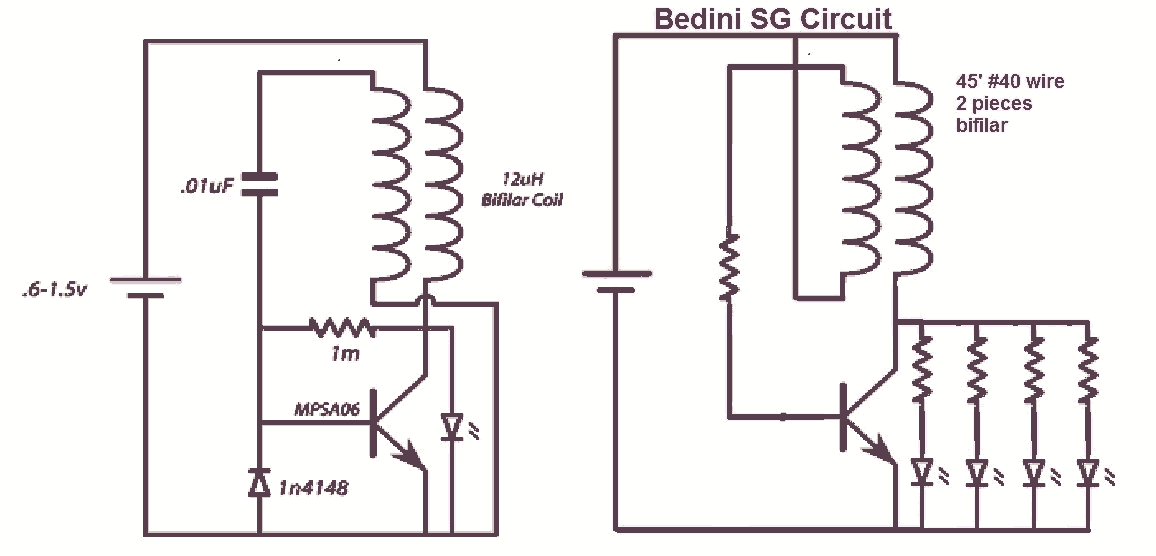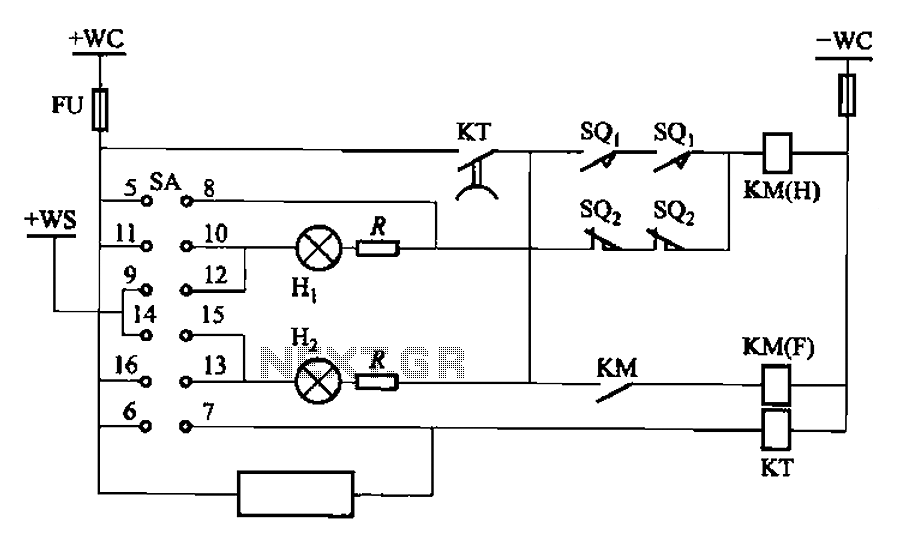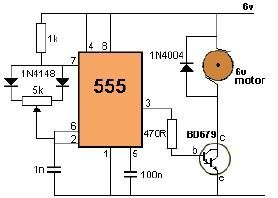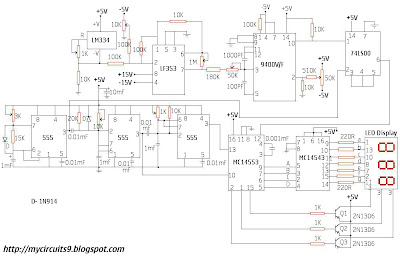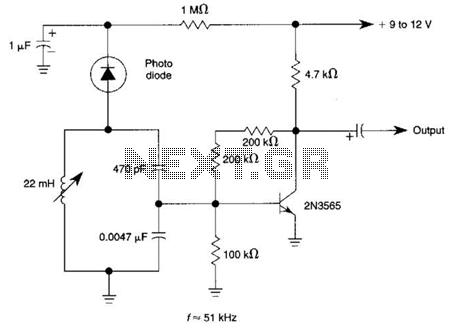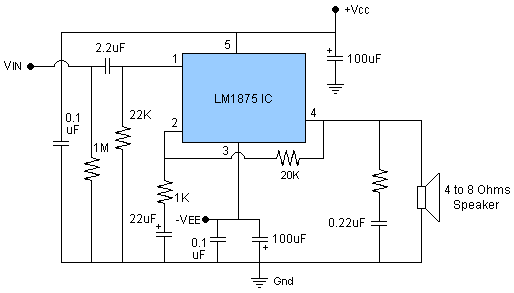
LM4561 LM4562 consisting of 170W power amplifier circuit
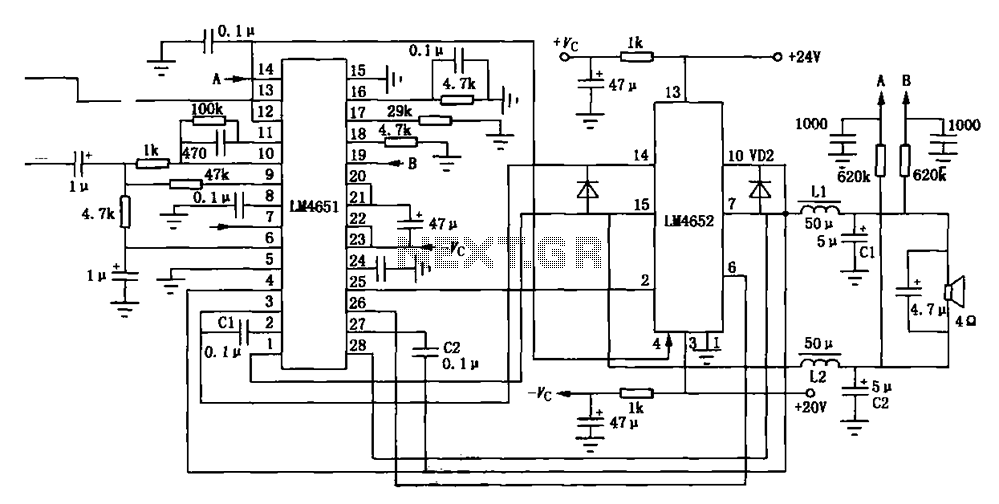
Figure (a) illustrates a 170W output amplifier circuit designed for a 4-ohm load. The LM4651 is a class D amplifier presented in a 28-pin DIP package, with its internal equivalent circuit depicted in Figure (c).
The 170W output amplifier circuit is engineered to drive speakers with a nominal impedance of 4 ohms, making it suitable for high-power audio applications. The LM4651 class D amplifier utilizes pulse-width modulation (PWM) to efficiently convert the input audio signal into a high-power output while minimizing heat generation.
The 28-pin DIP package of the LM4651 facilitates easy integration into various circuit designs. It includes essential features such as over-temperature protection, short-circuit protection, and a built-in low-pass filter to smooth the PWM output, ensuring high fidelity in audio reproduction.
The internal equivalent circuit of the LM4651, as shown in Figure (c), provides insight into the amplifier's operational characteristics, including the arrangement of transistors, feedback loops, and the power supply configuration. The efficient switching mechanism of the class D architecture allows for high output power levels while maintaining low distortion, making it ideal for modern audio amplification needs.
Further analysis of the circuit design reveals the importance of component selection, including the choice of inductors and capacitors, which directly impacts the amplifier's performance and efficiency. Proper layout considerations in PCB design are also crucial to minimize parasitic inductances and capacitances, ensuring optimal signal integrity and thermal management within the amplifier. Overall, this amplifier circuit exemplifies the advancements in audio amplification technology, combining high power, efficiency, and compact design.Figure (a) shows the output amplifier circuit 170W at 4 loads; LM4651 is a former circuit class D amplifier, a 28-pin DIP package, the internal equivalent circuit is shown in ( c),
The 170W output amplifier circuit is engineered to drive speakers with a nominal impedance of 4 ohms, making it suitable for high-power audio applications. The LM4651 class D amplifier utilizes pulse-width modulation (PWM) to efficiently convert the input audio signal into a high-power output while minimizing heat generation.
The 28-pin DIP package of the LM4651 facilitates easy integration into various circuit designs. It includes essential features such as over-temperature protection, short-circuit protection, and a built-in low-pass filter to smooth the PWM output, ensuring high fidelity in audio reproduction.
The internal equivalent circuit of the LM4651, as shown in Figure (c), provides insight into the amplifier's operational characteristics, including the arrangement of transistors, feedback loops, and the power supply configuration. The efficient switching mechanism of the class D architecture allows for high output power levels while maintaining low distortion, making it ideal for modern audio amplification needs.
Further analysis of the circuit design reveals the importance of component selection, including the choice of inductors and capacitors, which directly impacts the amplifier's performance and efficiency. Proper layout considerations in PCB design are also crucial to minimize parasitic inductances and capacitances, ensuring optimal signal integrity and thermal management within the amplifier. Overall, this amplifier circuit exemplifies the advancements in audio amplification technology, combining high power, efficiency, and compact design.Figure (a) shows the output amplifier circuit 170W at 4 loads; LM4651 is a former circuit class D amplifier, a 28-pin DIP package, the internal equivalent circuit is shown in ( c),
